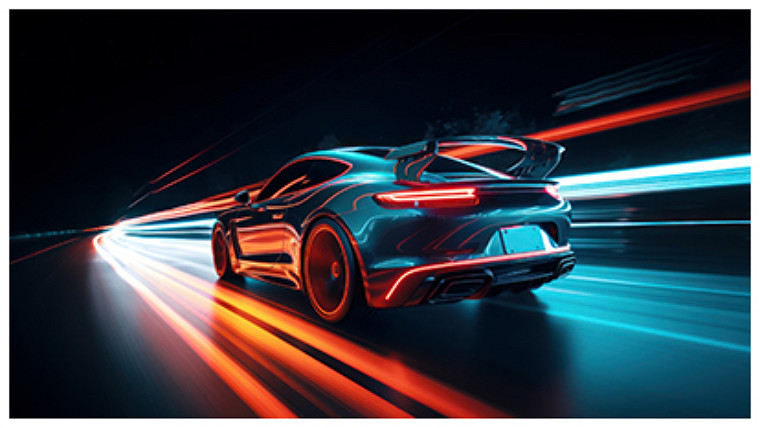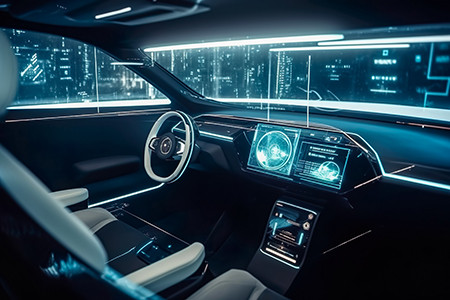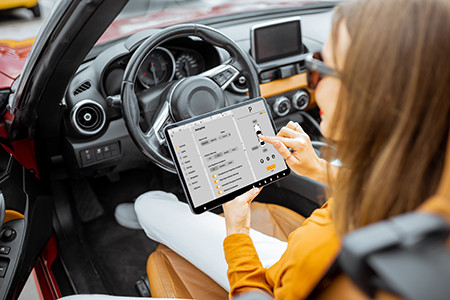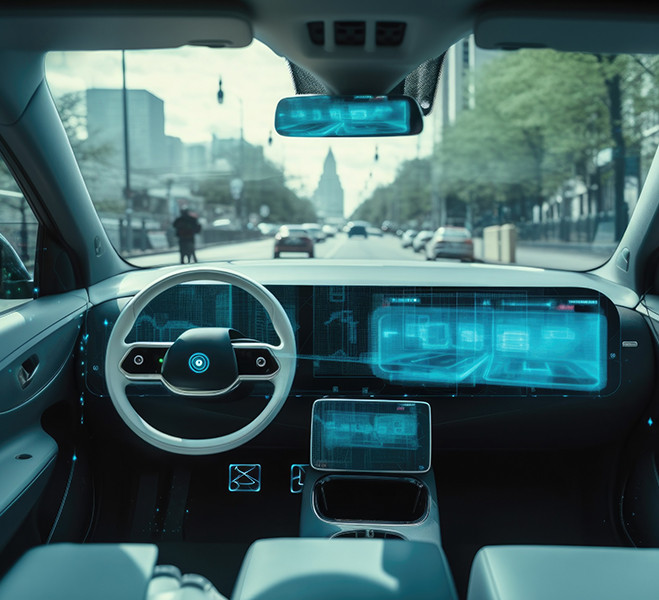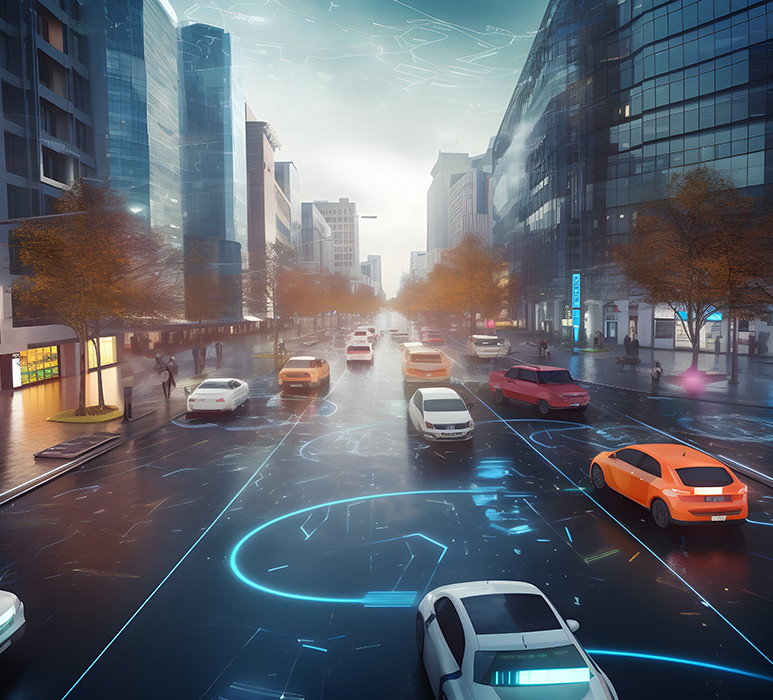Unprecedented technological advancements. Rapidly changing consumer preferences. Increasing environmental awareness—among both consumers and regulators.
It’s an understatement to say the automotive industry is evolving at a rapid pace.
With all this rapid-fire change, it’s impossible to predict precisely what the world of automotive will look like in five years. Breakthroughs in technology, materials science and engineering are continuously reshaping the industry—a process further amplified by the urgent need to address climate change and embrace sustainable transportation solutions.
This innovation will have wide-ranging impacts across the entire ecosystem. Next-generation technologies and advanced connectivity features are revolutionizing not only the vehicles themselves, but also the way we interact with them. Moreover, the rise of new mobility services such as ride-sharing platforms, car subscriptions, and micro-mobility solutions is challenging traditional ownership models and redefining the concept of personal transportation.
It’s not just innovation that generates uncertainty. Increasingly, there is a societal and political conversation about the future of transportation, its environmental impact, and the role of government in regulating and incentivizing sustainable alternatives. Infrastructure investments, emissions regulations, and subsidies for electric vehicles are becoming key components of policy agendas, while urban planning initiatives focus on fostering more sustainable and integrated transportation networks.


